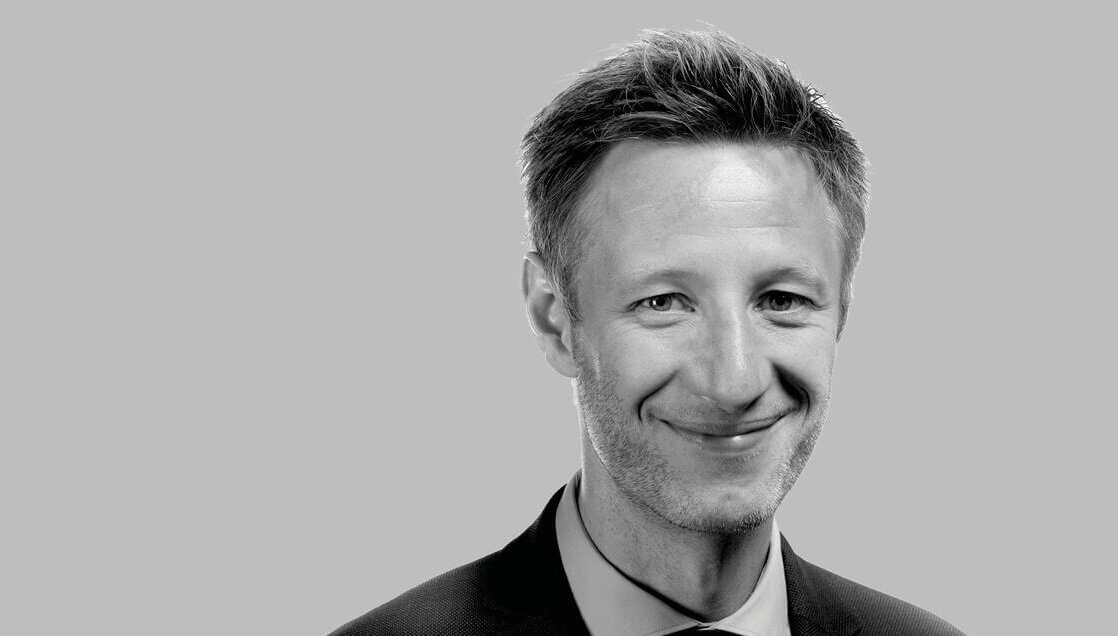Blog: You might (not) be surprised by these three problems facing constructive journalism
This is an exclusive peek into the Danish test center for constructive journalism at the regional tv-station TV 2 Fyn based in Funen, Denmark. Here staffers share failures and successes as they strive to make their community better through constructive journalism.
Blog: You might (not) be surprised by these three problems facing constructive journalism
Written by Morten Skovsgaard,
Professor WSR, Centre for Journalism, SDU
Admitted, the clickbait headline with a negative focus is clearly at odds with the spirit of constructive journalism. In fact, the proponents of constructive journalism highlight a one-sided emphasis on the negative aspects and problems in the world as the main problem of current mainstream news journalism because it leaves people with a general impression of a bad world getting worse.
“The constructive project at TV 2 Funen will teach us valuable lessons on three challenging questions.”
– Morten Skovsgaard, Professor WSR, Centre for Journalism, SDU
However, making fundamental changes to the existing approach to journalism comes with some, let us—in the spirit of being constructive—call them, hard questions rather than problems. Many news rooms are embarking on implementing constructive journalism in some form, and the project at TV 2 Funen is particularly interesting. Unlike many of the other projects, the constructive approach at TV 2 Funen is not confined to special sections or programs within the news organization.
Instead, the aim is to change the mindset of the whole organization at the same time. Thus, the constructive project at TV 2 Funen will teach us valuable lessons on the three challenging questions that I list below. In other words, what started out with a negative, problem-focused headline actually takes a constructive perspective.
1. What defines constructive journalism?
The starting point of constructive journalism is that current news media excessively focus on failures over successes, on problems over solutions, on conflicts over agreement, and on sudden setbacks over stable progress, which creates a negatively biased picture of the world. But how does constructive journalism counter this negativity bias? One possible way is to also include possible solutions to the problems reported on.
Another way is to include news stories about successes or people who can inspire other people to act on societal challenges. Others again would stress that constructive journalism more actively should engage people in solving specific problems, while other would think this is violating journalism’s longstanding objectivity norm. Constructive journalism is currently defined in multiple ways, and while it might not be possible to arrive at a uniform definition of constructive journalism, the work that TV 2 Funen and others are doing will give us a clearer idea of how constructive journalism can be defined and implemented in daily news work.
2. How can a constructive and a critical approach to journalism be reconciled?
“News is what somebody does not want you to print. All the rest is advertising.”
This quote about what news is—and what it is not—is more than 100 years old, and it has been ascribed to so many renowned journalists over time that the original source is left in a haze. However, the popularity of the quote tells a clear enough story of the professional culture that developed among journalists throughout the 20th century. The critical watchdog role with its emphasis on exposing malfunctions of society and wrongdoings of the powerful became a strong component of the professional DNA of most journalists. Constructive journalism has been criticised for abandoning this ideal in favour of painting a bright and overly positive picture of the world.
“Ultimately, the goal of implementing constructive journalism is the effects it can generate among the members of the audience.”
The question is whether it is possible to integrate constructive journalism without discarding the democratically important critical watchdog ideal, and whether journalists adhering strongly to the watchdog ideal can be moved to embrace constructive journalism. This is exactly what TV 2 Funen is working on with the management stressing that critical and investigative journalism is still at the heart of their journalism but supplemented with news stories that deals with potential solutions to the problems reported, news stories on something that succeeds as well as stories that engage citizens more directly.
3. Which effects should constructive journalism produce?
Ultimately, the goal of implementing constructive journalism is the effects it can generate among the members of the audience. However, many of the potential effects that the proponents hope for are difficult to establish, such as increased trust in the news, increased feeling of empowerment among the audience, and increased commitment to the news organization.
These effects cannot be expected to occur from day to day. They will change over the long haul, and even if we see increases in for instance trust or commitment to the news organization, it can be hard to isolate and pinpoint the constructive news stories as the definite cause. However, the project at TV 2 Funen provides an opportunity for studying which effects constructive journalism can produce over a long period of time which will help create a better foundation for understanding how and to which extent constructive journalism is the right answer to some of the challenges that contemporary journalism faces. This will be a considerable step forward in our research-based knowledge of constructive journalism.
These three questions touching on both the production and effects of constructive journalism are all hard and challenging, but that makes the quest for answers all the more interesting. Regardless of the outcome everyone will end up wiser on the problems as well as the potentials of constructive journalism.
Constructive Journalism Tested at TV2 Fyn.
In 2019 TV2 Fyn gave themselves a challenge. They set out to become most constructive media as well as the largest test center for constructive journalism in Denmark. To trace the change they decided to log their experiences in a blog format offering important insights on how to become constructive.

